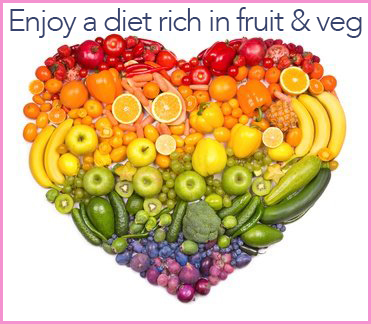High Blood Pressure Diet – Top Tips

Blood Pressure Diet What is hypertension and why is a Blood Pressure diet so important? It is something many of us never think about, but it keeps you alive and it is important to stay in a healthy range! In this blog, we cover all you need to know and how to improve it. Blood pressure […]
Oats NOT so good!
Well, 16 years of educating others I thought I was immune to the everyday angst of nutritional dilemmas!!!!!! Until very recently, so recent that I still can’t believe it and I may be in recovery for a while! Okay enough drama, here’s what happened: I was on a long journey driving through the night and […]
It’s Been a While – Vitamin D
Hi, well what a year it has been. Work has pushed my boundaries further than ever imagined, the kids school and social demands continue unabated and we are now heading to another episode of over indulgence! Looking back, we have had a disappointing amount of summer sunshine, not good for Vitamin D stores or for […]